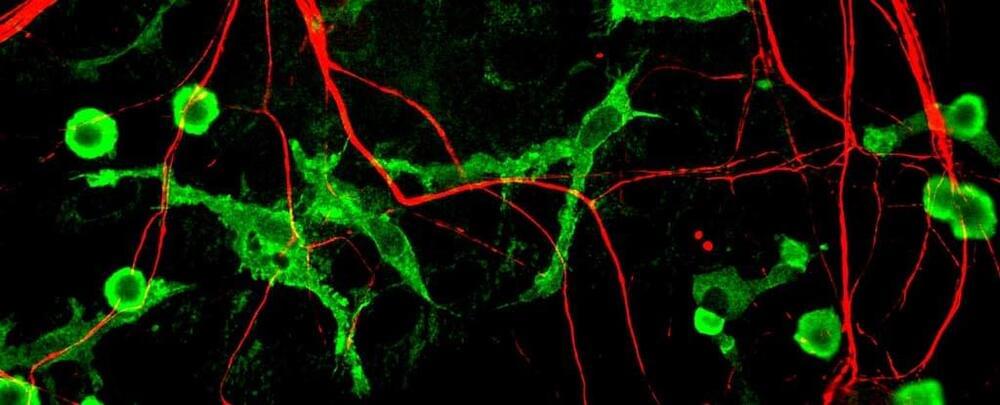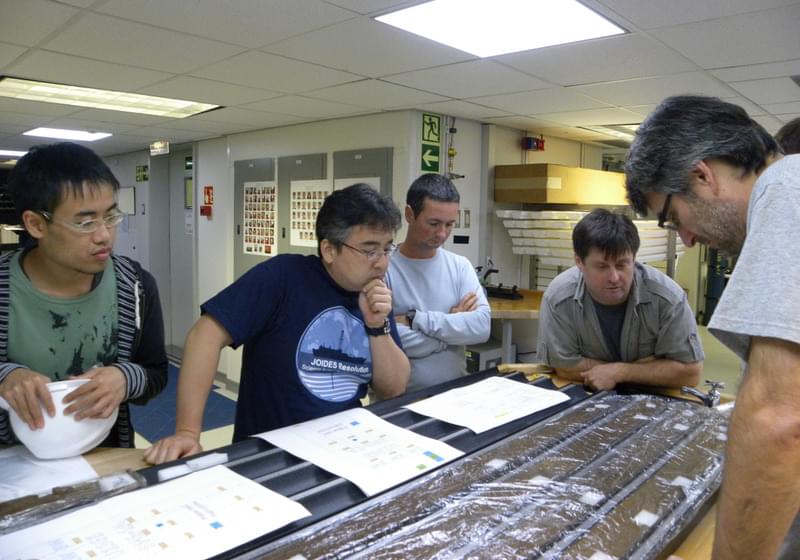Regular physical activity can offer major rejuvenation powers, helping people retain strength as they age while buffering against illness and injury. As a growing body of research suggests, this includes valuable protection throughout our bodies – including our brains.
According to a new study by researchers from the University of Queensland in Australia, exercise can slow or even prevent cognitive decline in mice, with a “profound and selective effect” on certain types of brain cell.
On top of demonstrating such an intriguing phenomenon in a fellow mammal, the new study also sheds light on how this effect is triggered inside the brains of physically active mice.







